Home>Gardening & Outdoor>Landscaping Ideas>How To Get Rid Of Mushrooms In My Grass
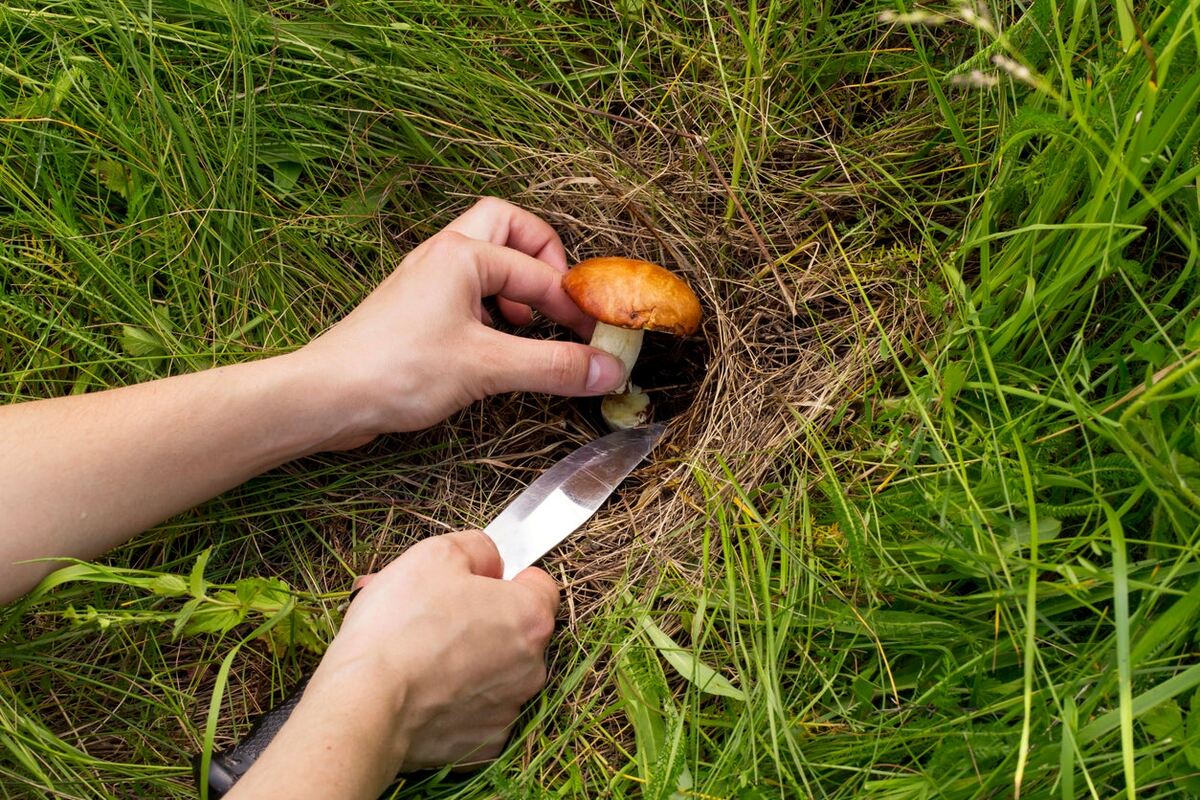

Landscaping Ideas
How To Get Rid Of Mushrooms In My Grass
Modified: March 29, 2024
Learn effective landscaping ideas to eliminate mushrooms from your grass. Discover expert tips for maintaining a healthy and mushroom-free lawn.
(Many of the links in this article redirect to a specific reviewed product. Your purchase of these products through affiliate links helps to generate commission for Storables.com, at no extra cost. Learn more)
Introduction
Welcome to the perplexing world of mushroom growth in your lush green grass! While mushrooms can add a whimsical touch to fairy tales, finding them sprouting across your lawn can be quite the opposite of magical. You may be wondering why these uninvited guests keep appearing and how to bid them farewell for good. Fear not, as we embark on a journey to understand the causes of mushroom growth, explore effective removal methods, and discover preventative measures to keep your lawn mushroom-free.
Picture this: you step out into your yard, ready to revel in the beauty of your carefully tended grass, only to be greeted by an unexpected sight – mushrooms dotting the landscape. This peculiar phenomenon can leave even the most seasoned gardeners scratching their heads. However, with a bit of insight and the right approach, you can regain control of your lawn and restore its pristine appearance.
So, if you’re eager to reclaim your green haven from the clutches of these mysterious fungi, join us as we delve into the causes of mushroom growth and unveil the strategies for eliminating and preventing their unwelcome presence.
Key Takeaways:
- Embrace a mushroom-free lawn by addressing moisture levels, soil conditions, and shade. Manual removal, lawn care adjustments, and fungicide use can help eliminate and prevent mushroom growth.
- Keep your lawn mushroom-free with proper watering, drainage improvement, and regular lawn maintenance. Preventive measures like optimizing soil drainage and minimizing organic debris create an inhospitable habitat for mushrooms.
Understanding the Causes of Mushroom Growth
Before diving into the removal and prevention tactics, it’s essential to comprehend the underlying factors contributing to mushroom growth in your grass. Mushrooms are the visible fruiting bodies of fungi, and their presence indicates a thriving fungal network beneath the soil’s surface. Several key factors can lead to the proliferation of mushrooms in your lawn:
- Moisture Levels: Mushrooms thrive in moist environments, making lawns with excessive moisture or poor drainage particularly susceptible to their growth. Heavy rainfall, overwatering, or inadequate soil drainage can create the ideal habitat for mushrooms to flourish.
- Organic Matter Decomposition: Fungi play a vital role in the decomposition of organic matter. If your lawn contains buried organic debris, such as old tree roots or leftover mulch, the fungi will break down this material, leading to the emergence of mushrooms as part of their natural life cycle.
- Soil Conditions: The composition and pH of the soil can influence mushroom growth. Fungi tend to thrive in compacted or poorly aerated soil, as well as in acidic conditions. Additionally, the presence of certain soil nutrients and organic compounds can create an environment conducive to mushroom development.
- Shade and Humidity: Areas of the lawn that receive limited sunlight and retain higher levels of humidity, such as beneath dense foliage or in damp, shaded corners, are more likely to foster mushroom growth.
By gaining insight into these contributing factors, you can begin to address the specific conditions that are promoting mushroom growth in your lawn. Armed with this knowledge, you’ll be better equipped to implement targeted strategies for removing existing mushrooms and preventing their recurrence.
Removing Mushrooms Manually
When faced with an invasion of mushrooms in your grass, manual removal can be an effective initial step in regaining control over your lawn’s appearance. Here are some practical methods for manually eliminating mushrooms:
- Handpicking: Don a pair of gloves and physically pluck the mushrooms from the soil. Be sure to grasp them at the base and gently twist to remove the entire fungus, including the underground mycelium. This method helps prevent the release of spores, reducing the likelihood of further mushroom growth.
- Raking: Lightly rake the affected areas to gather and remove any visible mushrooms and their spores. This can help prevent the dispersal of spores and inhibit the spread of mushrooms across your lawn.
- Soil Aeration: Aerating the soil can improve drainage and reduce excess moisture, creating a less hospitable environment for mushroom growth. Consider using a garden fork or aerator to perforate the soil and enhance air circulation.
It’s important to note that manual removal alone may not address the underlying factors contributing to mushroom growth. While this approach can provide immediate relief by reducing the visible presence of mushrooms, additional measures may be necessary to prevent their recurrence.
By combining manual removal with targeted lawn care practices and, if needed, the application of fungicides, you can take a comprehensive approach to managing and eliminating mushrooms from your grass.
To get rid of mushrooms in your grass, improve drainage, reduce shade, and remove organic debris. Avoid overwatering and use a fungicide if necessary.
Adjusting Lawn Care Practices
Effective lawn care practices play a pivotal role in creating an environment that discourages mushroom growth. By making strategic adjustments to your lawn maintenance routine, you can address the underlying conditions that promote fungi and promote a healthier, more resilient grass ecosystem. Here are some key practices to consider:
- Proper Watering: Evaluate your watering regimen to ensure that your lawn receives adequate moisture without becoming waterlogged. Water deeply and infrequently, allowing the soil to dry out between watering sessions. This practice helps discourage excessive moisture accumulation, which can contribute to mushroom growth.
- Improving Drainage: Address areas of poor drainage by incorporating soil amendments or creating drainage channels to redirect excess water away from the lawn. This can help reduce the moisture levels that foster mushroom proliferation.
- Mowing Techniques: Adjust your mowing height to promote a healthy turf density and minimize shaded, damp areas where mushrooms thrive. Regular mowing at the appropriate height for your grass type can enhance sunlight penetration and airflow, creating less favorable conditions for mushroom growth.
- Thatch Management: Thatch buildup can contribute to moisture retention and provide an ideal habitat for fungi. Implement proper dethatching practices to reduce thatch accumulation and improve air and water movement within the soil.
- Fertilization Practices: Evaluate your fertilization schedule and opt for balanced, slow-release fertilizers that promote steady grass growth without creating excessive organic matter accumulation. This approach can help minimize the availability of nutrients that fuel mushroom development.
By fine-tuning your lawn care practices to create an environment that is less conducive to mushroom growth, you can proactively address the underlying factors that contribute to their emergence. These adjustments not only support the health and vitality of your grass but also contribute to a less hospitable habitat for mushrooms.
Using Fungicides to Eliminate Mushrooms
When faced with persistent mushroom growth that proves challenging to manage through manual removal and lawn care adjustments, the targeted application of fungicides can offer an additional strategy for eliminating these unwelcome fungi. Fungicides are formulated to control and prevent fungal infestations, including mushrooms, and can be used as part of a comprehensive approach to lawn maintenance. Here are key considerations for using fungicides to address mushroom growth:
- Identifying Appropriate Fungicides: Consult with a local gardening center or extension service to identify fungicides approved for use in your region and suitable for targeting mushrooms in lawns. Select a product specifically labeled for controlling fungi in turfgrass areas.
- Application Timing: Apply fungicides according to the manufacturer’s recommendations and adhere to the specified application timing. Timing the treatment to coincide with the fungal growth stage can enhance the effectiveness of the fungicide in eradicating mushrooms.
- Application Technique: Follow proper application techniques to ensure thorough coverage of the affected areas. Use a calibrated sprayer to apply the fungicide evenly, targeting the areas where mushrooms are present and focusing on the surrounding soil to address the underlying fungal network.
- Environmental Considerations: Be mindful of environmental factors when applying fungicides, such as wind speed, temperature, and precipitation forecasts. Optimal application conditions can maximize the efficacy of the fungicide while minimizing potential off-target effects.
- Monitoring and Follow-Up: Monitor the treated areas for changes in mushroom activity and assess the effectiveness of the fungicide application. Depending on the product used, follow-up applications may be necessary to maintain control over mushroom growth.
It’s important to approach fungicide use with caution and in accordance with product instructions and safety guidelines. While fungicides can be a valuable tool in managing mushroom infestations, integrating them into a holistic lawn care strategy that addresses underlying environmental conditions is essential for long-term success.
By judiciously incorporating fungicides into your lawn maintenance plan, you can bolster your efforts to eliminate persistent mushrooms and create an environment that promotes the health and vibrancy of your grass.
Read more: How To Get Rid Of Mushrooms In The Garden
Preventing Future Mushroom Growth
After addressing existing mushroom infestations, the focus shifts to implementing preventive measures to thwart future fungal intrusions and maintain a mushroom-free lawn. By proactively managing the environmental conditions that foster mushroom growth, you can create an inhospitable habitat for these fungi. Here are key strategies for preventing future mushroom growth:
- Optimizing Soil Drainage: Enhance soil drainage by amending compacted areas and incorporating organic matter to improve soil structure. This helps reduce excess moisture, making the environment less conducive to mushroom development.
- Minimizing Organic Debris: Remove or decompose organic debris, such as old tree stumps, roots, and leftover mulch, from your lawn. By reducing the organic matter available for fungal decomposition, you can mitigate the conditions that support mushroom growth.
- Promoting Sunlight and Airflow: Trim back overhanging vegetation and strategically prune trees and shrubs to increase sunlight penetration and airflow across your lawn. Creating a well-ventilated and sunlit environment inhibits the damp, shaded conditions favored by mushrooms.
- Maintaining Balanced Moisture Levels: Fine-tune your watering practices to deliver consistent, moderate moisture to your lawn while avoiding waterlogged conditions. This helps discourage excessive moisture accumulation, which is conducive to mushroom proliferation.
- Regular Lawn Maintenance: Implement a consistent lawn care regimen, including proper mowing, dethatching, and fertilization, to promote a healthy and resilient grass ecosystem. A well-maintained lawn is better equipped to resist fungal invasions, including mushroom growth.
By integrating these preventive measures into your lawn care routine, you can create an environment that is less hospitable to mushroom growth, fostering the long-term health and beauty of your grass. Consistent vigilance and proactive environmental management are key to maintaining a mushroom-free lawn.
With a comprehensive approach that encompasses targeted lawn care practices, environmental modifications, and preventive strategies, you can cultivate a vibrant and resilient lawn that remains free from the enigmatic allure of mushrooms.
Frequently Asked Questions about How To Get Rid Of Mushrooms In My Grass
Was this page helpful?
At Storables.com, we guarantee accurate and reliable information. Our content, validated by Expert Board Contributors, is crafted following stringent Editorial Policies. We're committed to providing you with well-researched, expert-backed insights for all your informational needs.
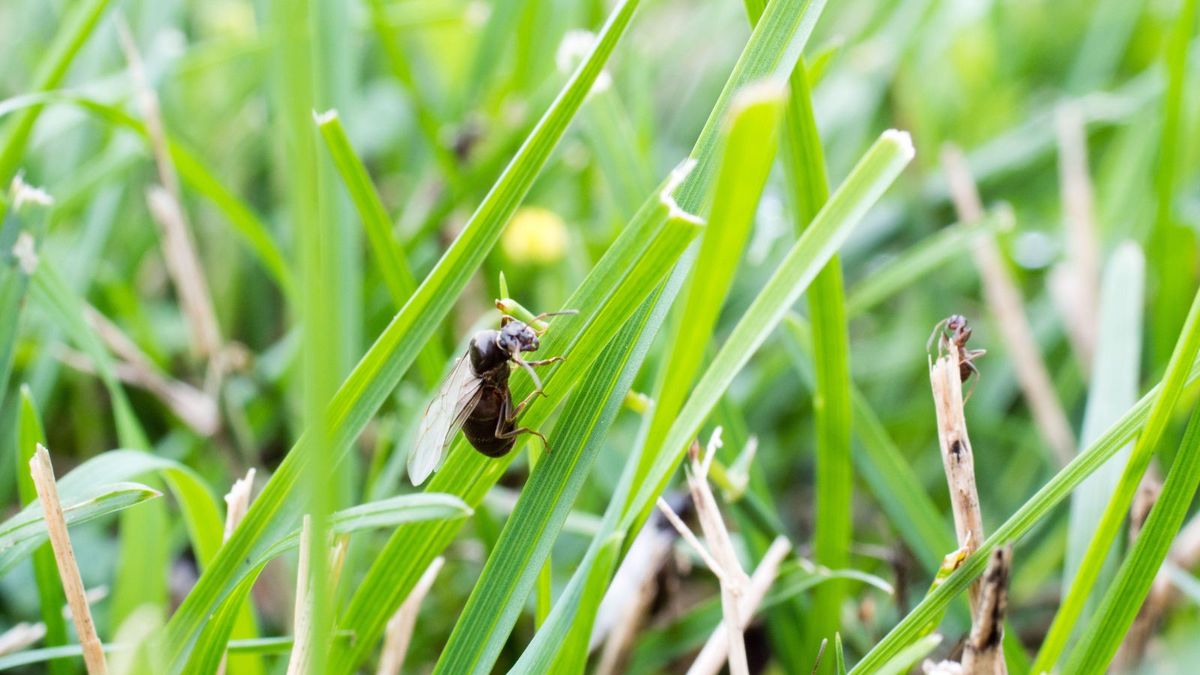
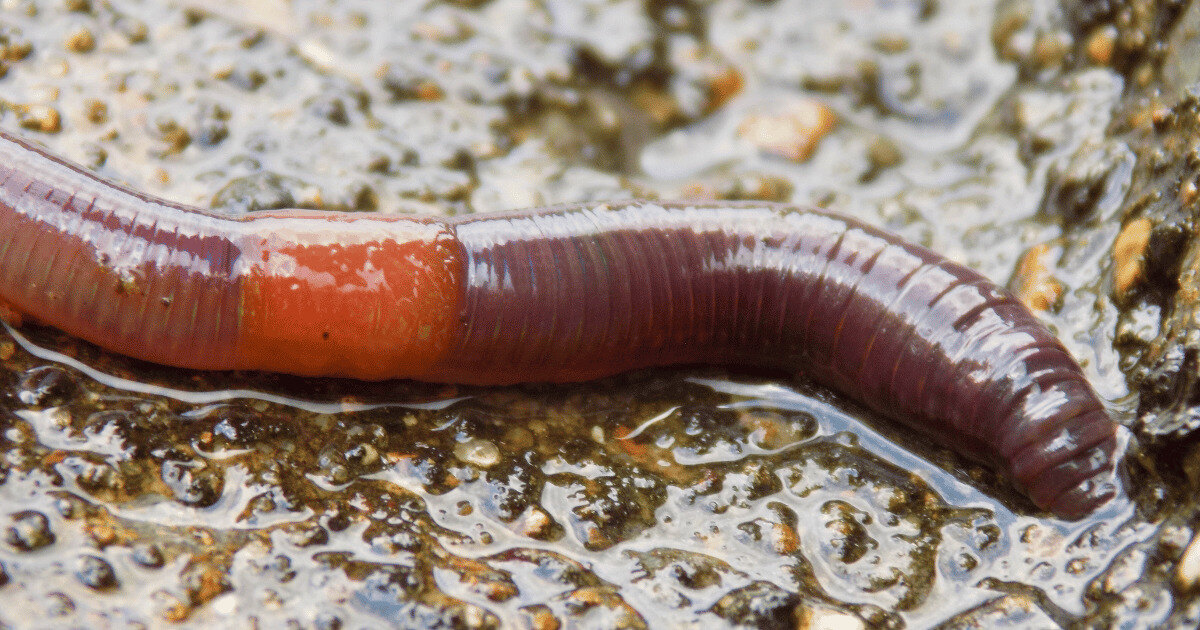
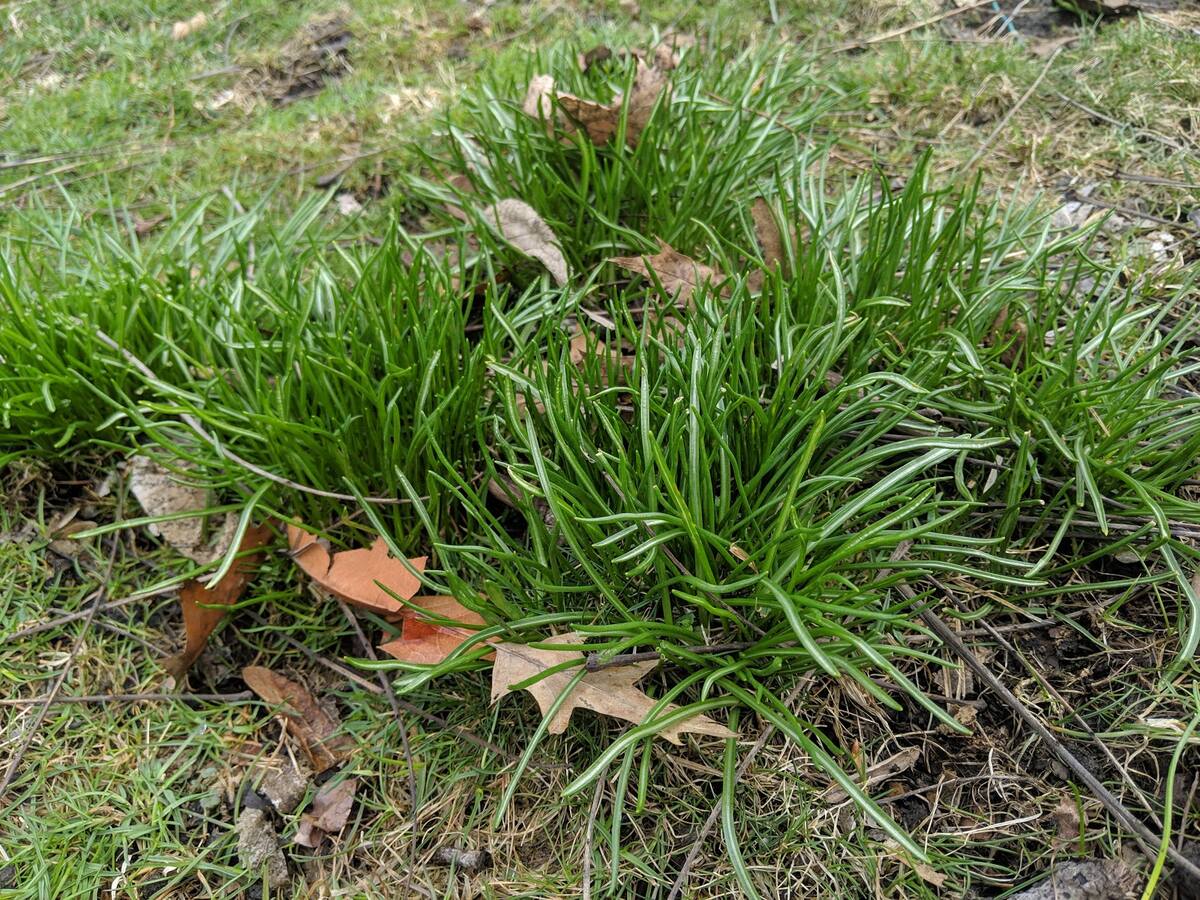
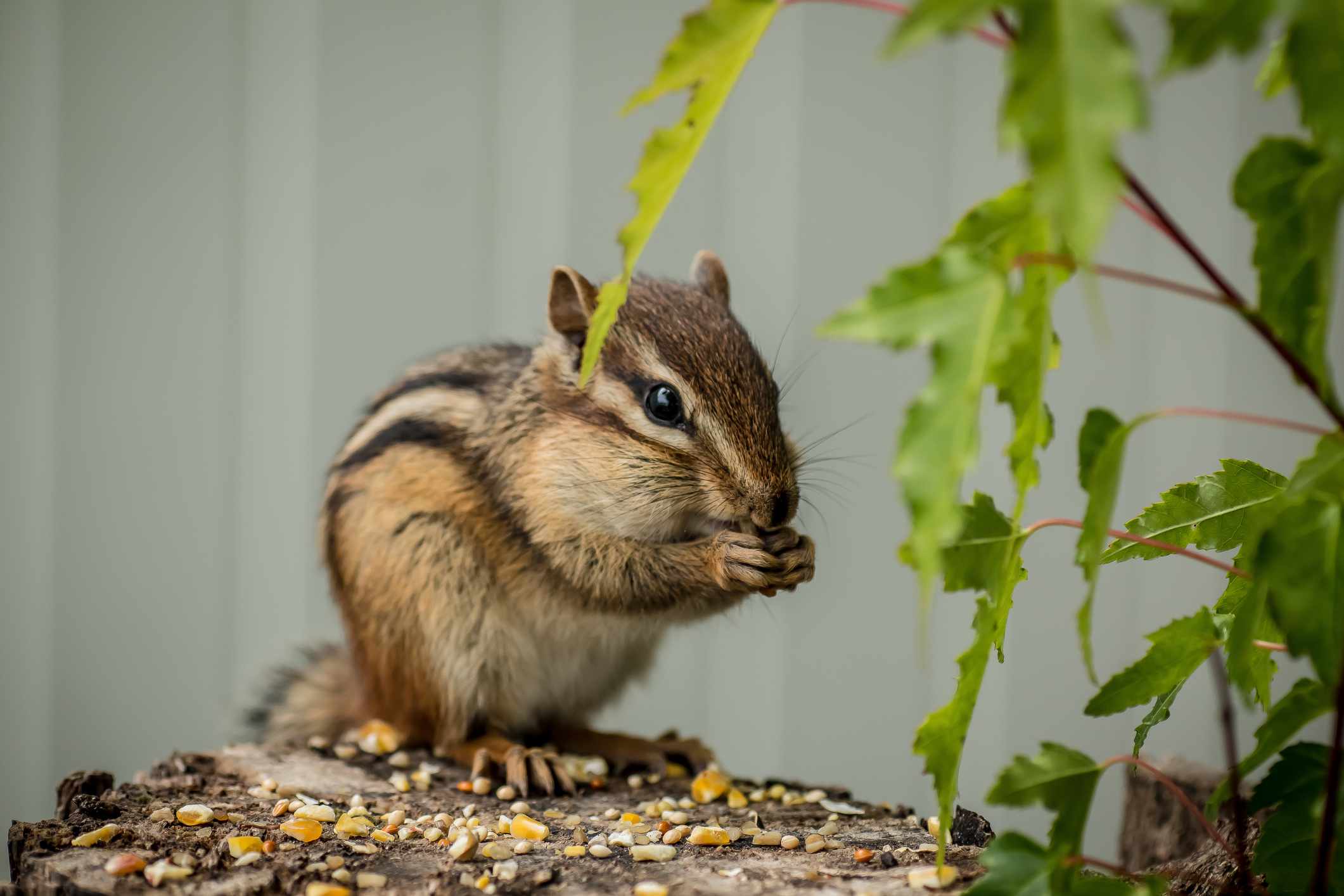











0 thoughts on “How To Get Rid Of Mushrooms In My Grass”